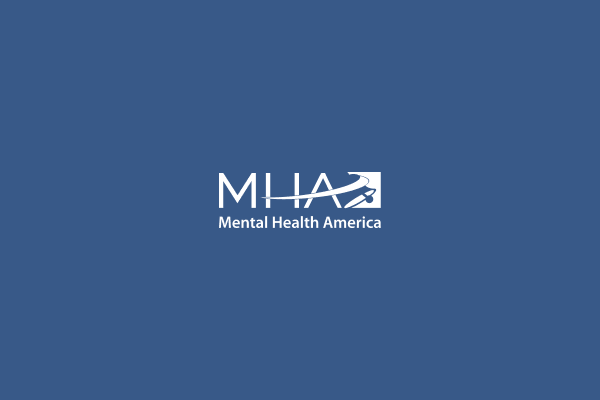Mental health conditions
Learn about the different mental health conditions, including information about their symptoms, prevalence, and treatment.
Learn about the different mental health conditions, including information about their symptoms, prevalence, and treatment.

Anxiety disorders can cause people to feel frightened, distressed and uneasy for no apparent reason. Left untreated, these disorders can dramatically reduce productivity and significantly diminish an individual’s quality of life.












Want more information on mental health?